All products featured are independently chosen by us. However, SoundGuys may receive a commission on orders placed through its retail links. See our ethics statement.
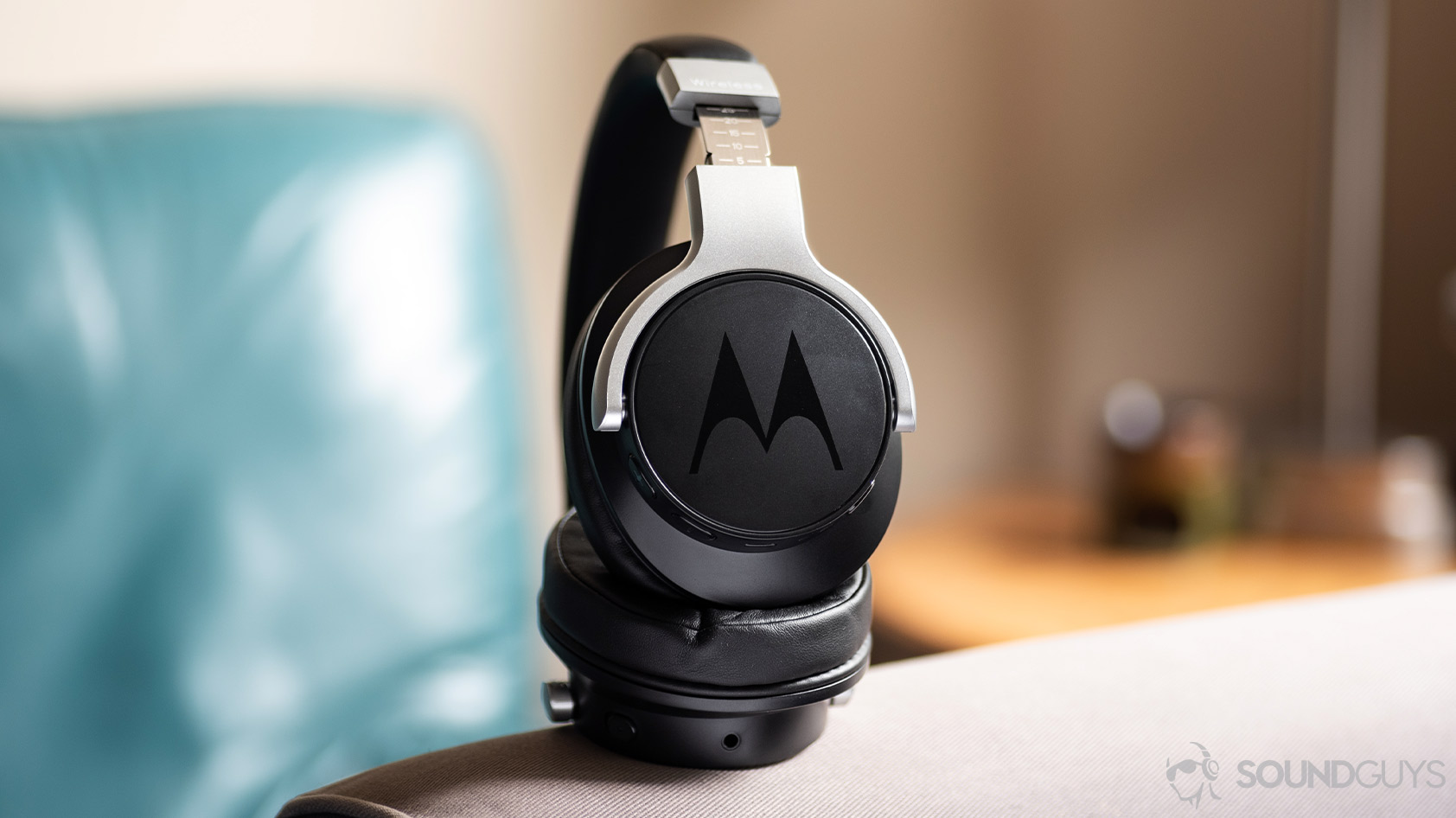
Motorola Escape 500 ANC review
Published onDecember 17, 2020
Motorola Escape 500 ANC
The Motorola Escape 500 ANC may be very cheap noise canceling headphones, but they’re a bit better than you might be thinking. They lack high-quality codec support, have acceptable microphone quality, and underwhelming battery life; yet, there’s still plenty to appreciate about these cans.
Editor’s note: this Motorola Escape 500 ANC review was updated on December 17, 2020, to include a microphone poll and update scoring.
Who should get the Motorola Escape 500 ANC?
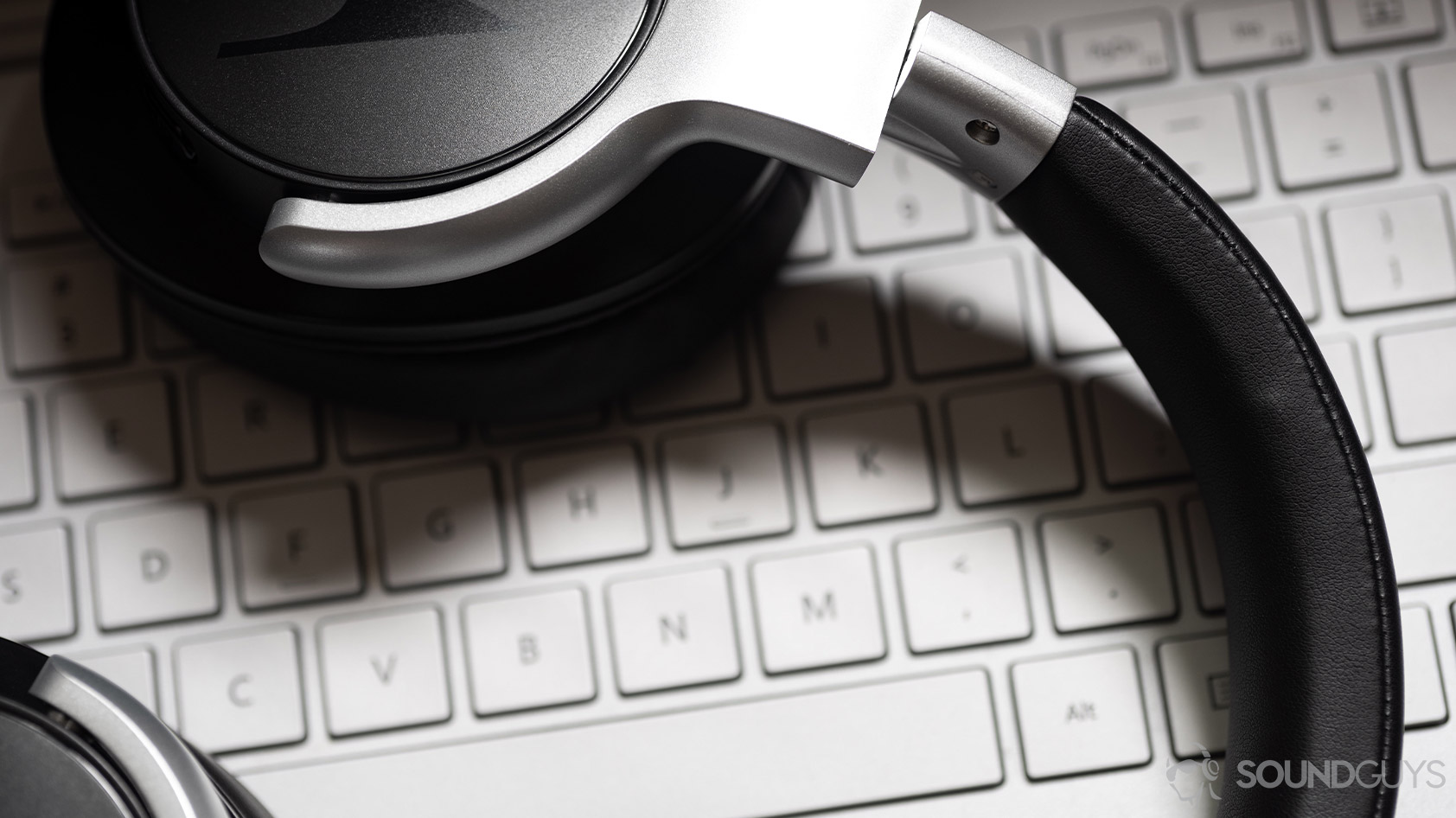
- General consumers who want a headset that just works will benefit from these headphones. They reproduce sound with surprising accuracy, making them a great pick for listeners with eclectic musical taste.
- Commuters on a budget may want to grab a pair of these headphones as they provide active noise canceling for less than $40. Sure it isn’t comparable to Sony, Bose, or Shure’s flagships but it’s better than no active noise canceling (ANC) altogether.
- Athletes should consider the Escape 500 ANC as it’s one of the few headsets with an IPX4 water-resistant rating. This means you can sweat in them without worrying about damaging the internals.
How well are the Motorola Escape 500 ANC built?

Nothing about the headset appears premium, but that’s okay: this is a budget pair of noise canceling headphones that happen to look more expensive. The ear cup housings are made of a plastic that creaks at the slightest movement, but there is a silver lining in that the headphones are very lightweight. A headphone jack embedded in the left ear cup facilitates lossless playback, while the right ear cup features a microUSB input for charging. Yes, I’m as displeased as you are but again, this is the cost of cheap headphones.
The metal reinforced headband has some good flex to it and is padded with standard foam—nothing fancy about it. Consequently, a hotspot presented itself at the crown of my head after just over an hour of wear because of the sub-par padding. While Motorola doesn’t include a carrying case, the ear cups rotate to lie flat for transport or to wear around the neck when inactive. Be careful when folding and storing the headphones, as the pivot points don’t appear especially torsion-resistant.
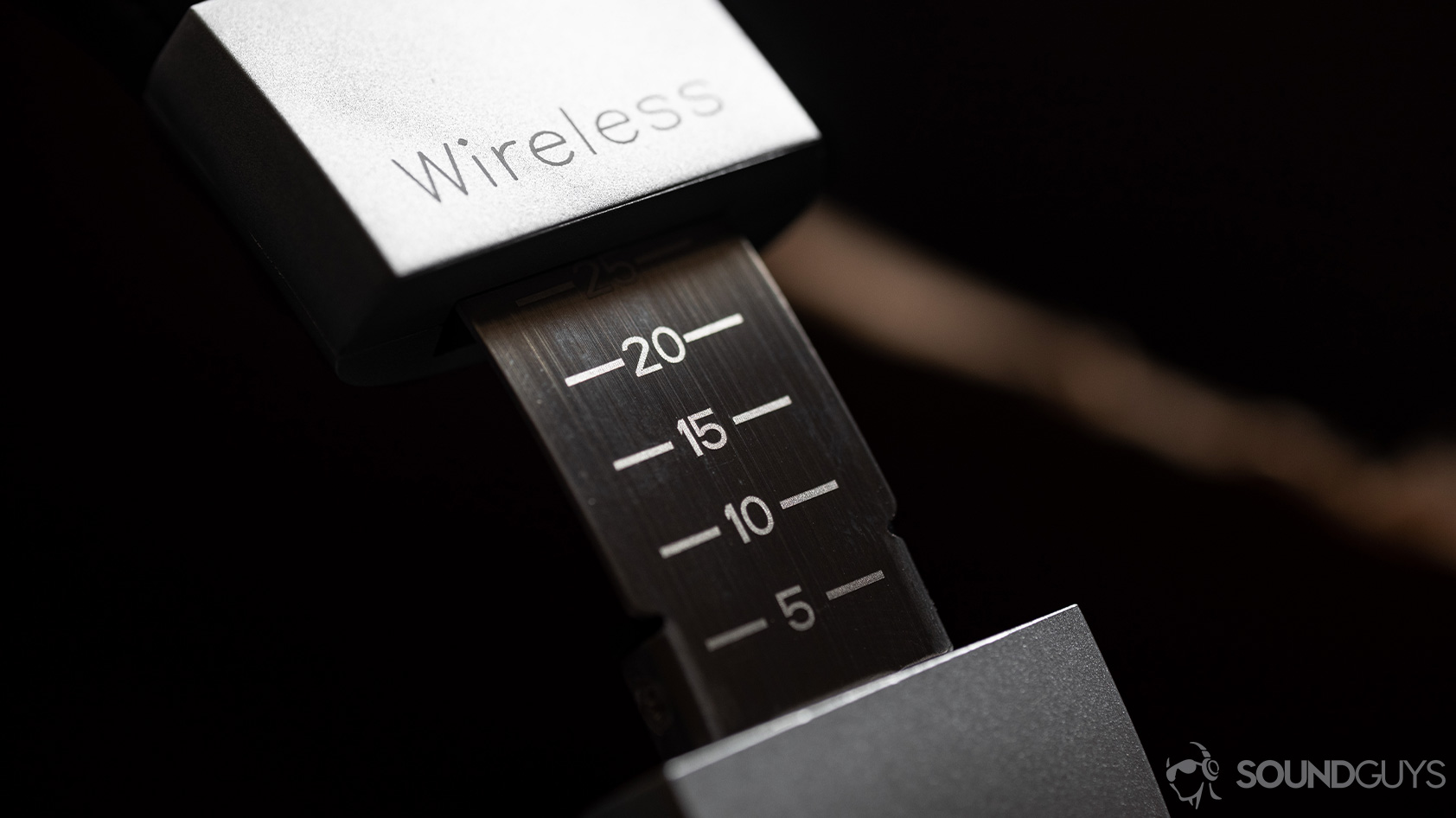
The plastic buttons and noise canceling toggle are all huge, which doesn’t make for the coolest look. I did enjoy how easy it was to find and operate the controls due to their over-sized appearance. Oddly enough, powering the Escape 500 ANC down is independent of toggling noise canceling off; so, battery drained when I forget to manually switch ANC off after using it. This makes sense if you’re traveling and just want ANC without listening to music, but proved annoying for regular usage.
Should you download the Hubble Connect app?
If you want to enable onboard virtual assistant access, you should download the app. Otherwise, the Hubble Connect app is a frivolity for Escape 500 ANC owners. Once the app is downloaded, though, you can enable direct access to Amazon Alexa, Google Assistant, or Siri by double-clicking the multifunction button. It also notifies users of the last location the headset was connected to the device, which can be useful for finding it if misplaced.
Does the Motorola Escape 500 ANC have good noise canceling?
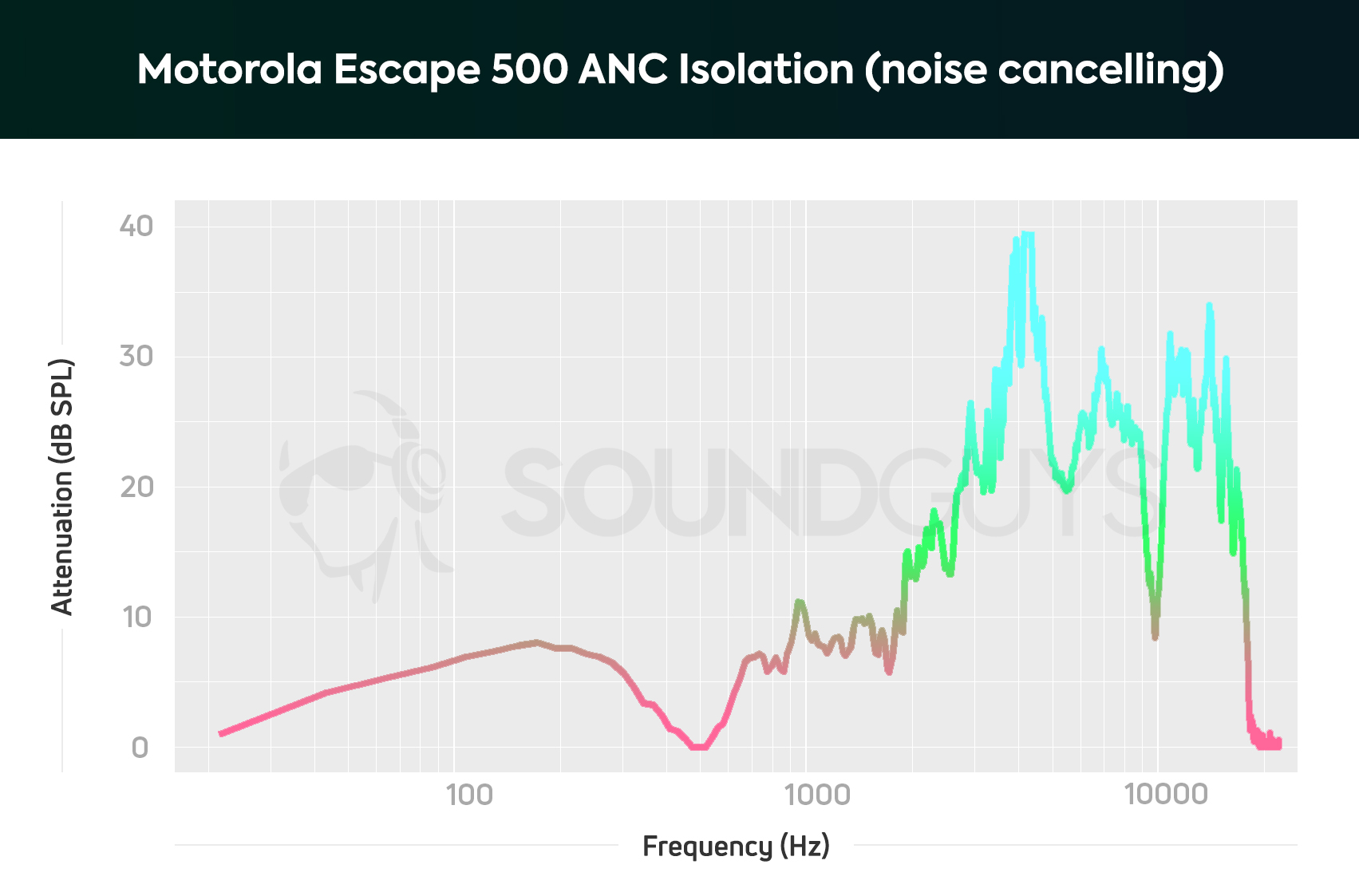
The noise canceling technology isn’t great, or even very good, but it is better than nothing at all. In ideal conditions, low-frequency sounds are rendered one-quarter to half as loud as they’d otherwise sound. If you wear glasses, you’ll have a hard time getting a proper fit, because the non-memory foam ear pads leave gaps where your jaw meets your ears. These gaps let background noise in, essentially nullifying most of the noise cancellation’s benefit.
For those able to achieve an ideal seal all the way around their ears, though, you’ll experience ANC performance reflected in the chart above.
How is the connection stability?
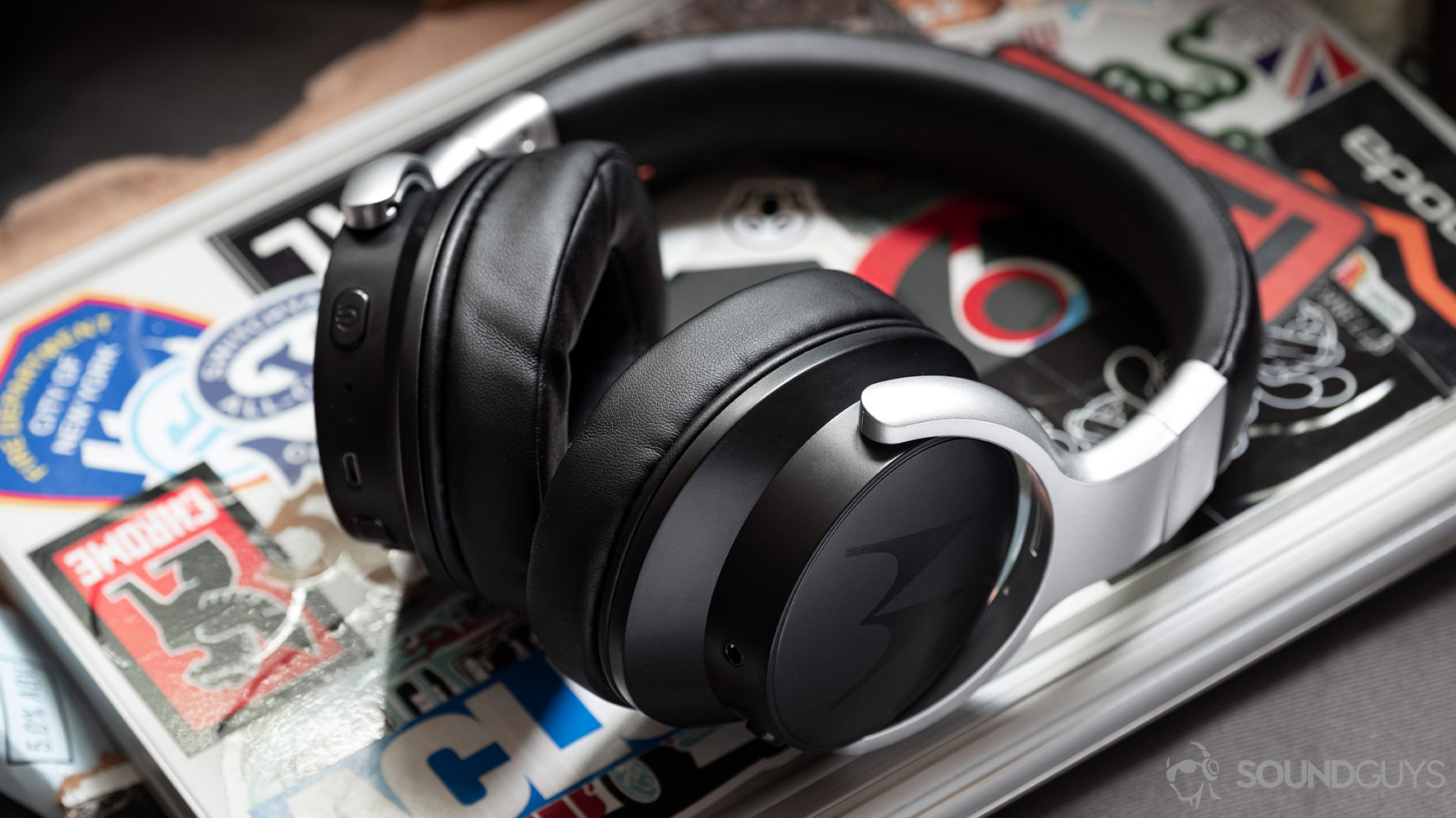
The Motorola Escape 500 ANC may stay connected up to 12 meters when in an unobstructed place, but connection hiccups were present when I walked more than eight meters away. Stutters were nearly guaranteed if a wall was between the headset and source device. Interestingly, the product page reads that integrated multipoint technology is available; yet, I was unable to get Bluetooth multipoint to work between a combination of devices with varying operating systems.
The lack of high-quality codec support is disappointing, but the Escape 500 ANC reproduce audio with great accuracy.
These cheap noise canceling headphones use some very old Bluetooth 4.0 firmware, and completely lack high-quality Bluetooth codec support. That’s right, not even iPhone users may benefit from AAC streaming. When watching videos during the Motorola Escape 500 ANC review period, the audio-visual lag was distracting but expected. This can be forgiven since the Escape 500 ANC are uniquely affordable and include a 3.5mm cable for optimal audio quality, which is great for listeners with lossless FLAC libraries.
How long does the battery last?
Our battery test for the Motorola Escape 500 ANC is ongoing, and we’ll be sure to update the review once measurements are observed. Motorola lists the headset’s battery life at 12 hours with volume output at 50%. Motorola doesn’t specify on the official product page whether this was recorded with noise canceling on or off, but does state that battery life depends on a variety of factors, which is quite ambiguous. When the battery does drain, you may recharge it via the included microUSB cable.
How does the Motorola Escape 500 ANC sound?
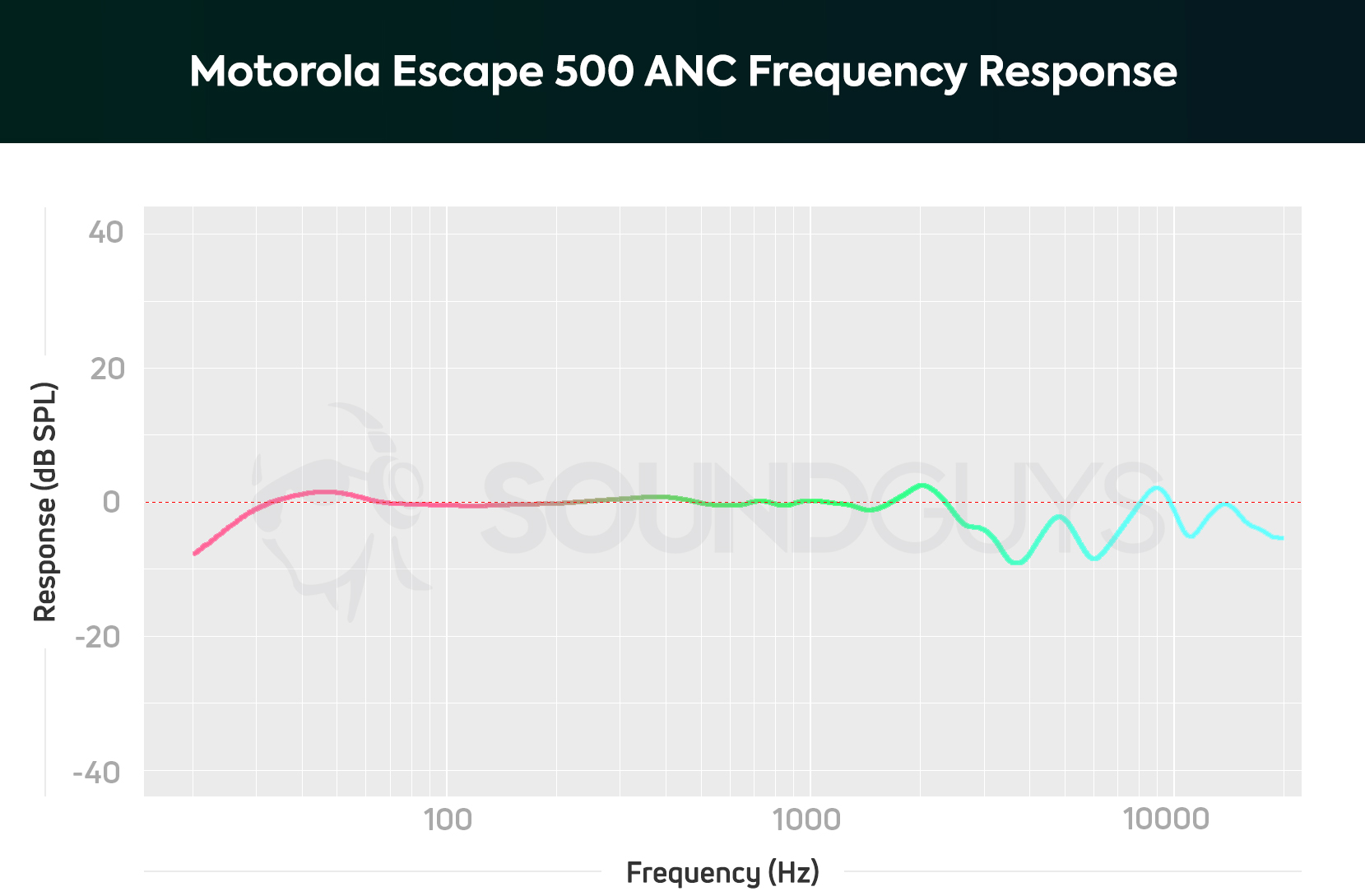
Despite the economic price point and sole reliance on SBC streaming, the Motorola Escape 500 ANC dynamic drivers are tuned more similarly to studio headphones than standard consumer ones. The minimal bump from 35-60Hz is nearly imperceptible but makes low notes just slightly easier to perceive than vocals. This is all done without running the risk of auditory masking, however, which is when a loud sound makes it hard to hear a relatively quiet sound.
Related: How to read charts
Unfortunately what isn’t shown in this chart is a rather predictable level of compression that makes audio sound a little bit off. Some sounds will get weird artifacts over wireless listening, and sometimes music won’t sound quite as it should. This is extremely common, and an unavoidable tradeoff with less-expensive wireless headphones, so it’s not really something you can avoid by shopping around under the $50 price point. It’s just something to be aware of: by spending a little more, you can get a little more.
These headphones reproduce audio of all genres accurately.
Bassheads and treble chasers may not be privy to this kind of sound signature; in fact, the Escape 500 ANC may even sound boring at first listen. I promise, that’s not the case: this sort of frequency response lends itself well to all genres of music. Unfortunately, you can’t create a custom EQ or even choose from presets via the Hubble Connect app, but there are plenty of third-party applications for equalizing your headphones.
Lows, mids, and highs
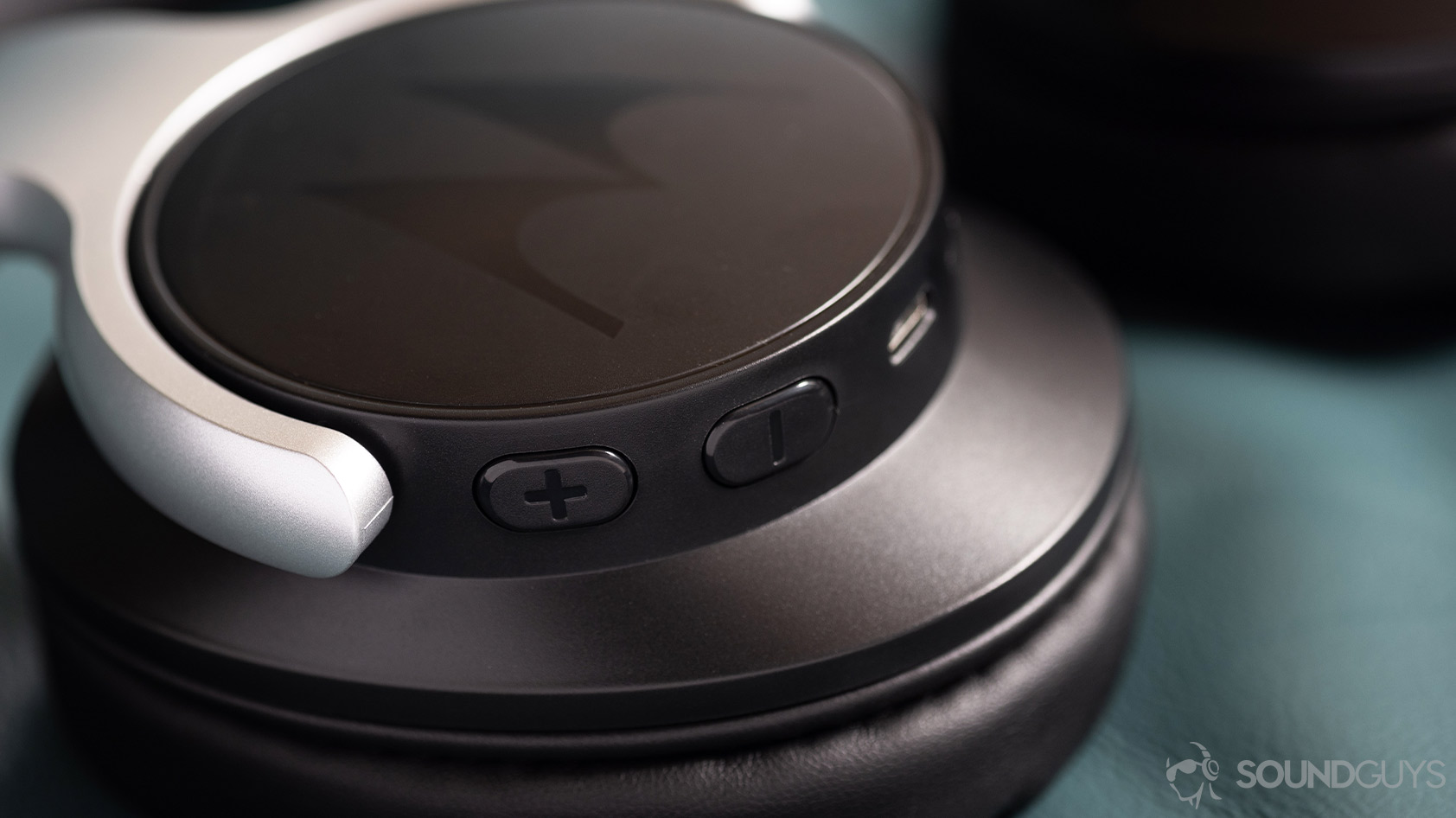
The song Take a Walk by The Nunnery relies heavily on vocal harmonics overlaid atop acapella beatboxing and a simple instrumental bassline. It serves as a great demonstration of how well the Escape 500 ANC reproduces accurate audio quality, sans-auditory masking.
Most cheap headsets unabashedly amplify bass frequencies to mask the headset’s deficiencies when it comes to reproducing detailed audio, but these headphones don’t use bass emphasis as a crutch. Instead, the accurate low and midrange response lets the song’s acapella qualities shine through. Rather than the bass hits overpowering the band’s vocals, it complements them as the artists intended.
The Motorola Escape 500 ANC microphone isn’t great
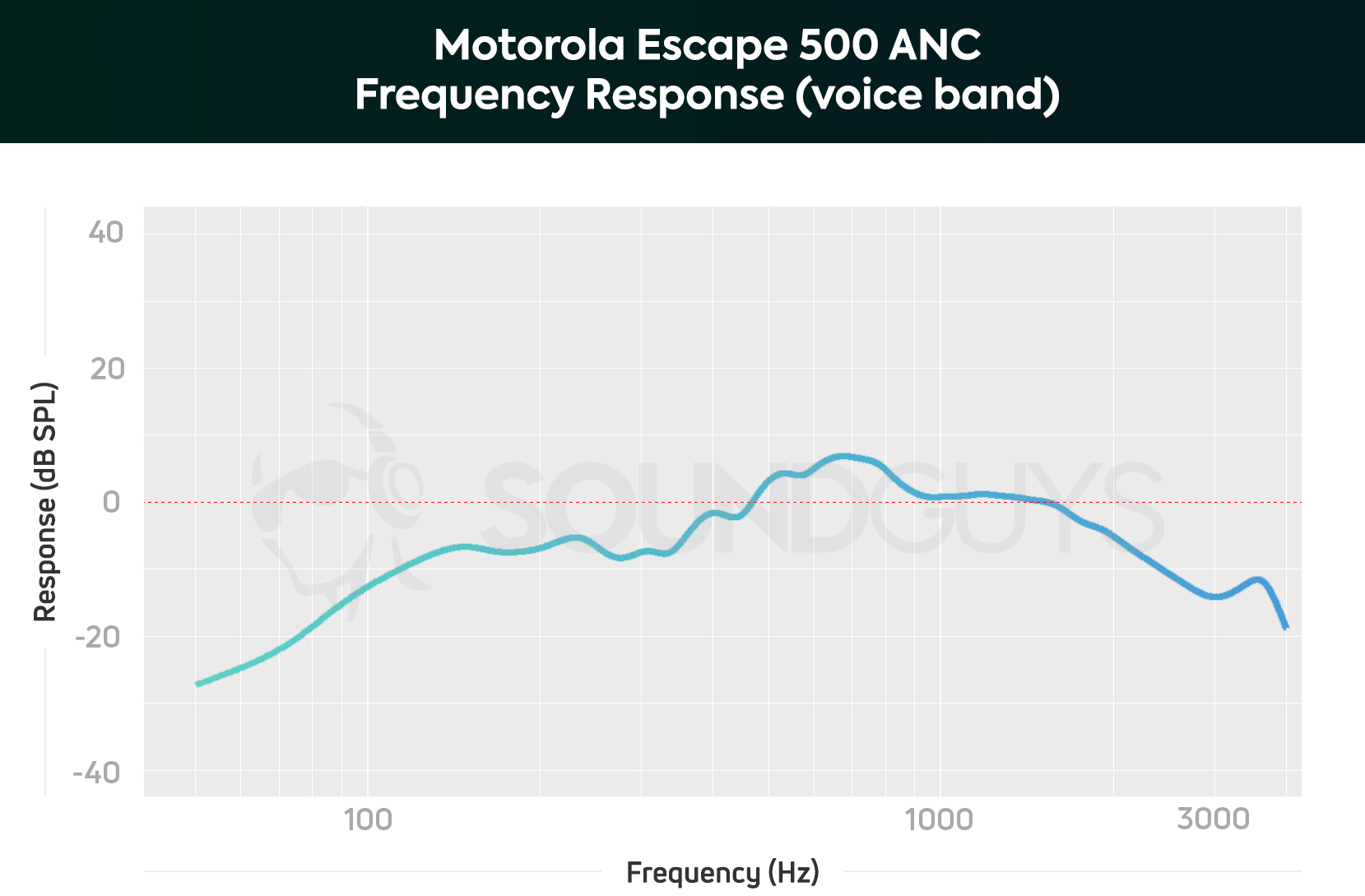
As illustrated in the voice demo below, the embedded microphone makes voices sound muffled, which isn’t very pleasant for the person on the other end of the call. Yes, low-frequency attenuation normally combats the proximity effect, but the microphone array just isn’t very good at relaying clean, accurate audio. That said, speech intelligibility is unimpeded, which is most important when addressing headset microphones.
Motorola Escape 500 ANC microphone demo:
How does the microphone sound to you?
Should you buy the Motorola Escape 500 ANC?
Yes, the Motorola Escape 500 ANC is a great noise canceling headset for listeners on a shoestring budget. Motorola forewent high-quality Bluetooth codec support in favor of well-tuned drivers and IPX4 water-resistance, a rare feature of over-ear headphones regardless of the price. This is a stellar headset for anyone who lives in an unpredictable climate where it could be sunny one moment, and a watery deluge the next.
What should you get instead of the Motorola Escape 500 ANC?
Perhaps you want something with more premium construction and a more comfortable fit; in that case, consider the Audio-Technica ATH-M20x. This is a pared down version of the Audio-Technica ATH-M50x, which is one of the most popular audio enthusiasts headsets around. Another great option is the Anker SoundCore Life Q20, which retails for $49 and includes memory foam padding, aptX support, ANC, and better battery life.